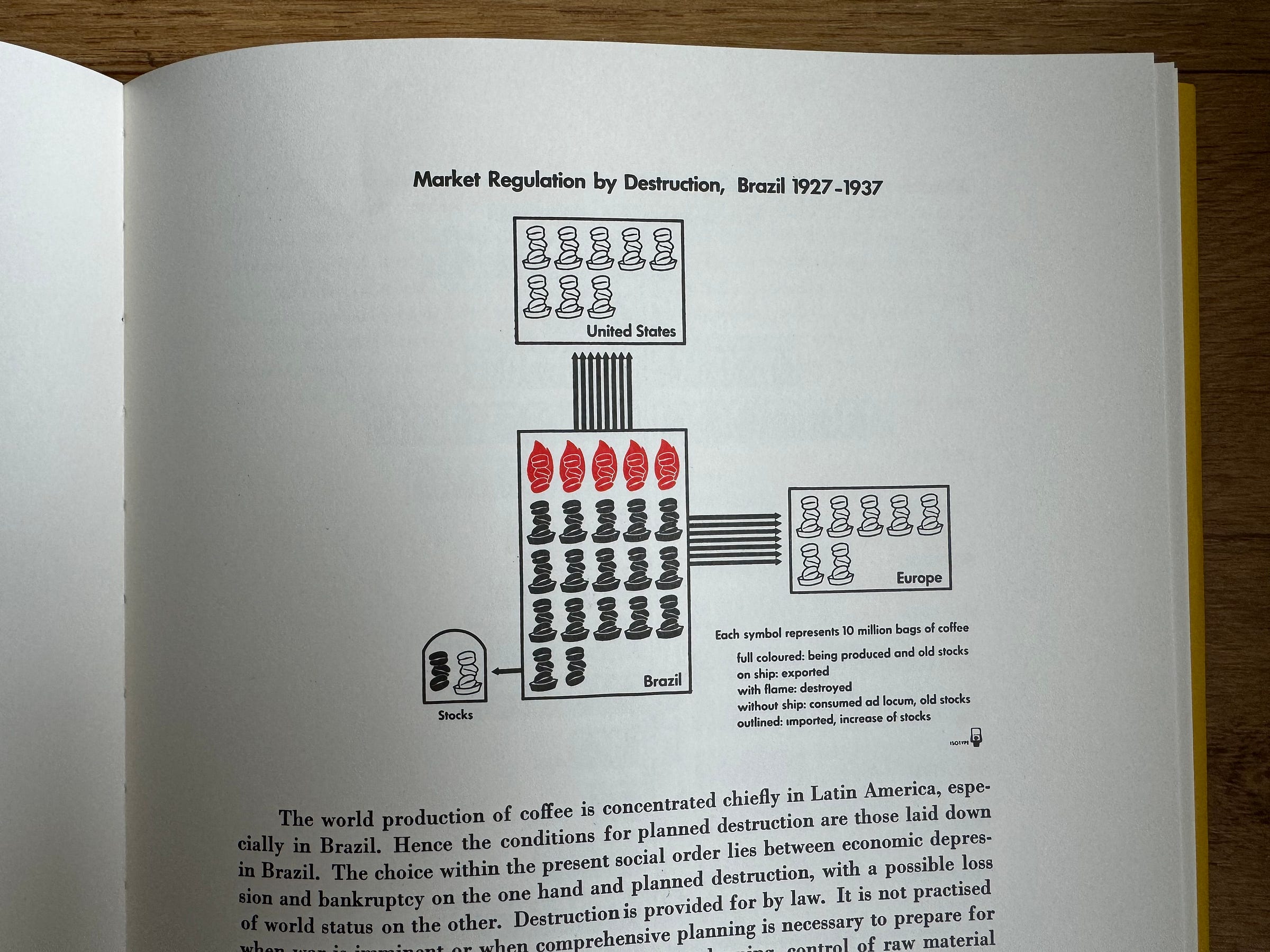Take a look at the map below.
How long did it take you to decipher the legend on the map?
What about this unit chart?
One last graphic. How fast can you assign the labels to the data in the line chart below?

What’s the difference between the first two images and the third one?
The third one uses Gestalt principles for labelling. If you’ve never heard of Gestalt laws, in a nutshell, they explain how the human brain groups similar elements, recognises patterns and simplifies complex images. Put simply, multiple elements in our beautiful brain become more than just the sum of their parts.
The two Gestalt principles most relevant for data visualisation are proximity and similarity. Our brain perceives objects close to each other in space as belonging to the same group (think football players on the opposite sides of the field). The same thing happens with items that look alike—in terms of colour or shape (think football players wearing the same jerseys).
I’ve been teaching Gestalt principles for years. But never has their importance hit me as much as it did when I started reading Otto Neurath’s Modern Man in the Making. That book is almost a century old, and while I love its graphic style, some of its legends are incredibly hard to read. The brain power required to understand the map (first image) is crazy. Now if we compare that to the line chart by The Pudding (third image), the difference is stark, isn’t it?
Gestalt laws come from the graphic design world. I couldn’t find the date when they were first introduced in data visualisation, but whoever had that genius idea—THANK YOU. Understanding data is so much easier thanks to it.
You can learn more about Gestalt principles here.
Thanks for reading The Plot!
—Evelina
Cast your vote 🙏
I’d love your opinion on something. I’m toying with the idea of publishing this newsletter on a bi-weekly rather than weekly frequency. It’s getting harder and harder to find the time to publish every week because of work life and wedding planning 💍 And I worry that the quality of the content suffers as a result.
So I’d appreciate your thoughts: do you read the newsletter every week? Or do you skip some editions because who has the time for all those emails? Would you prefer short articles every Thursday or slightly longer, more in-depth pieces (like this one) every other week?








